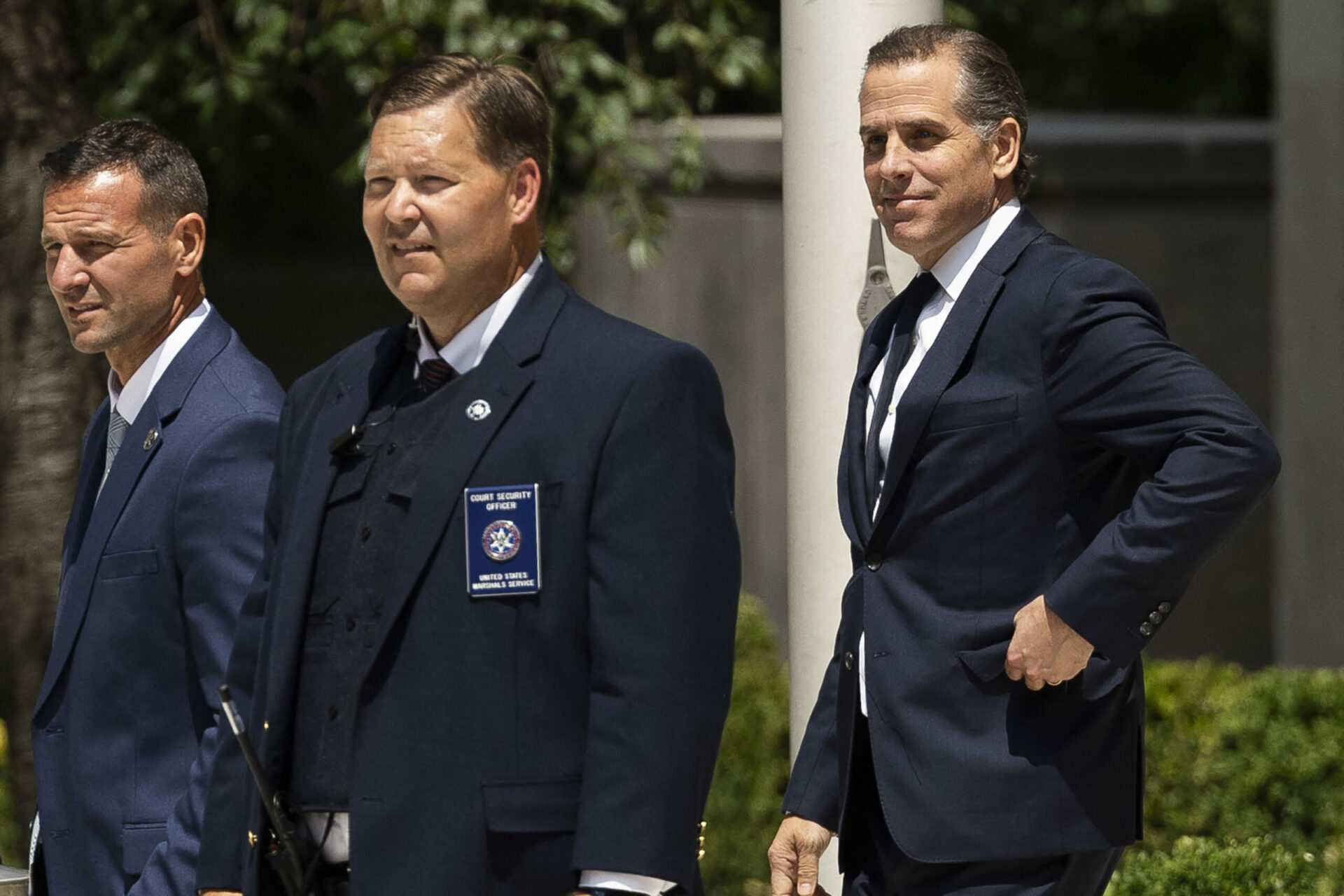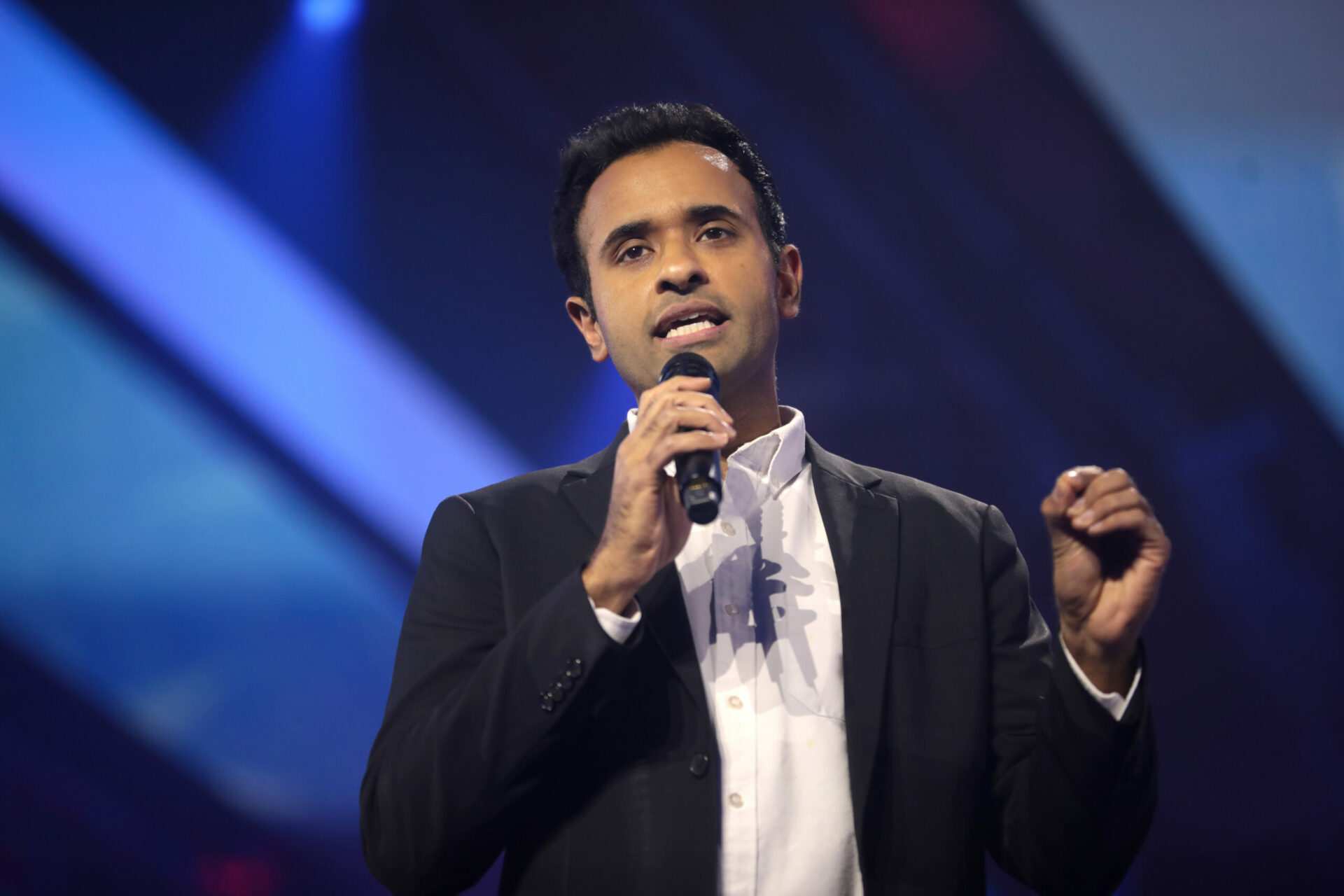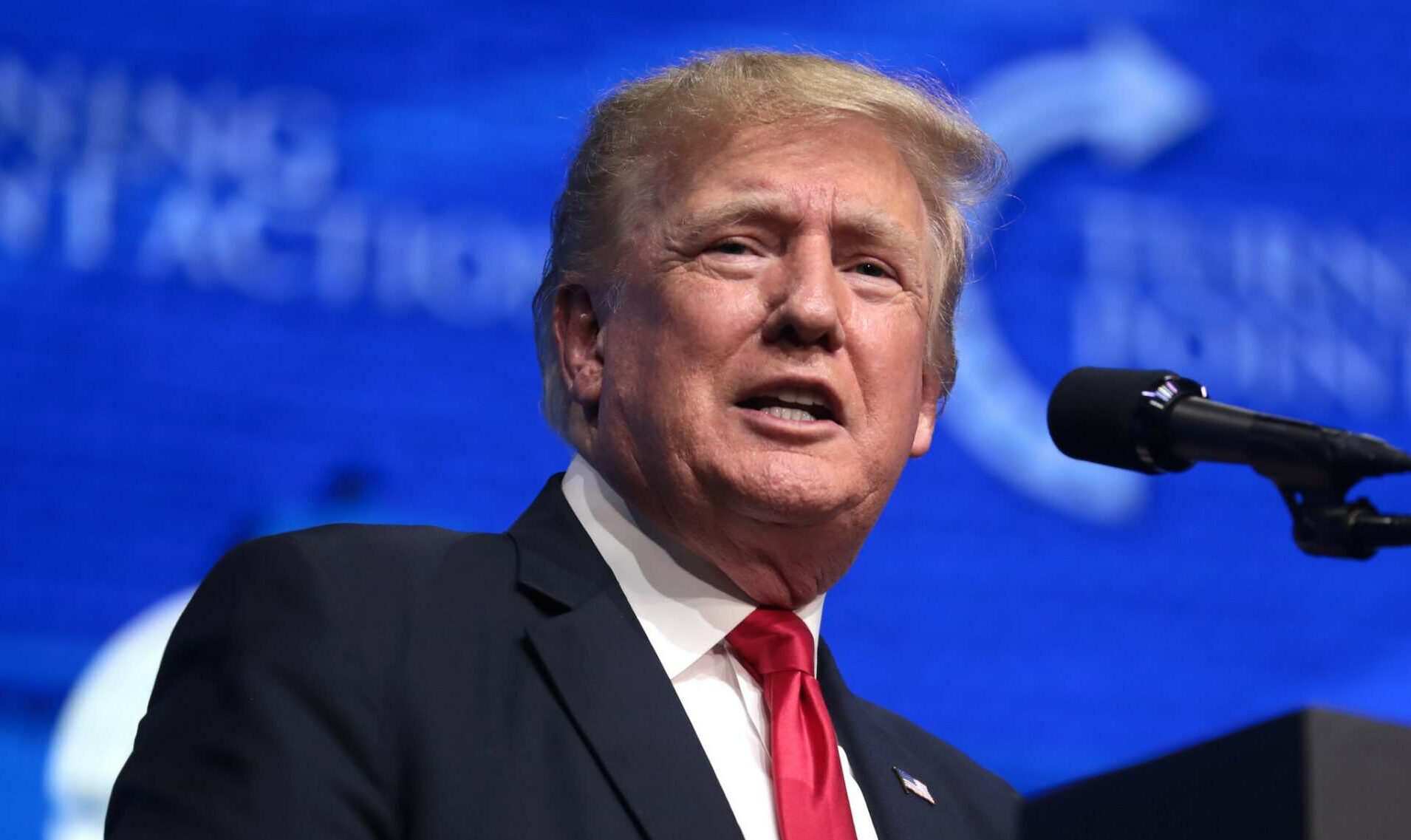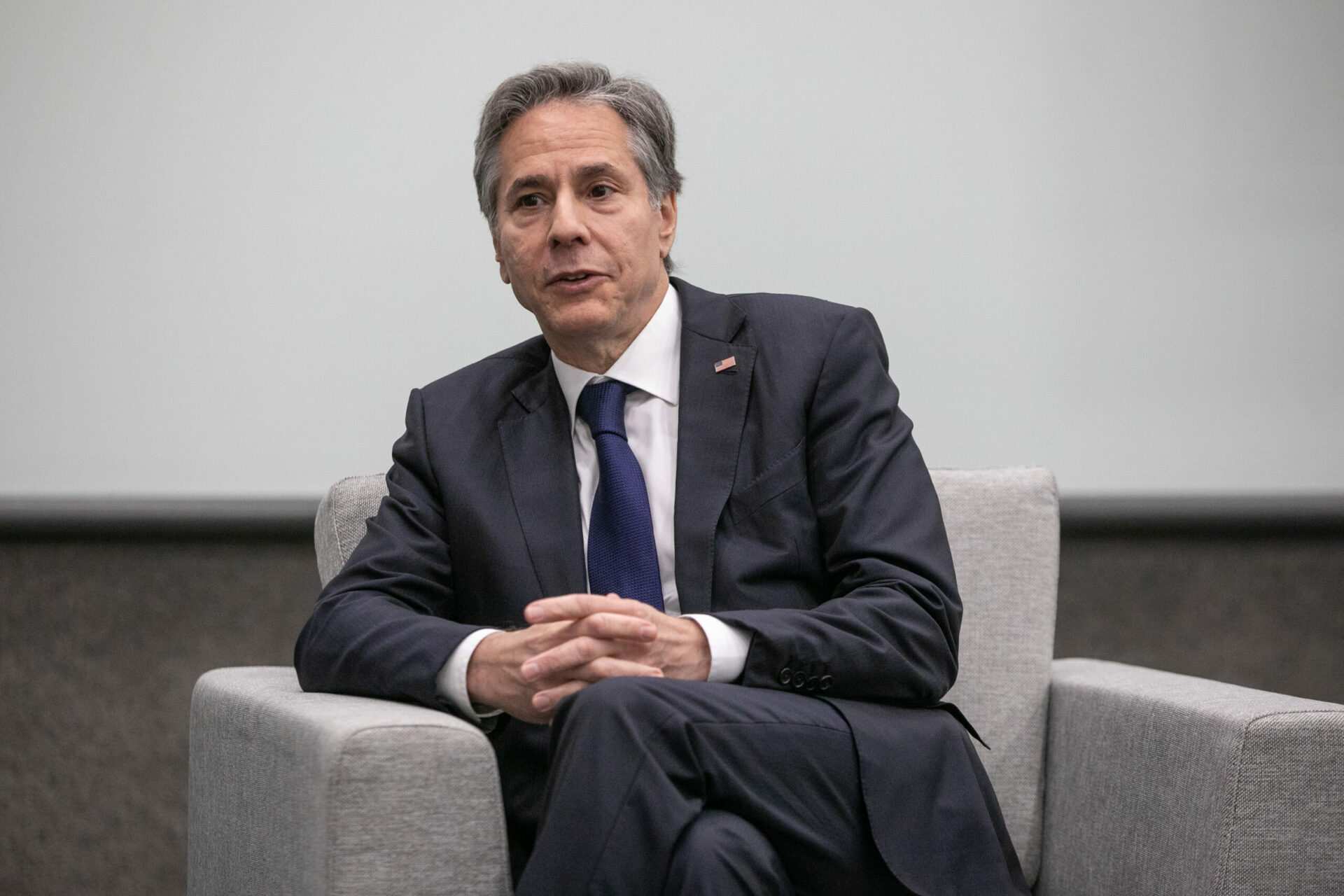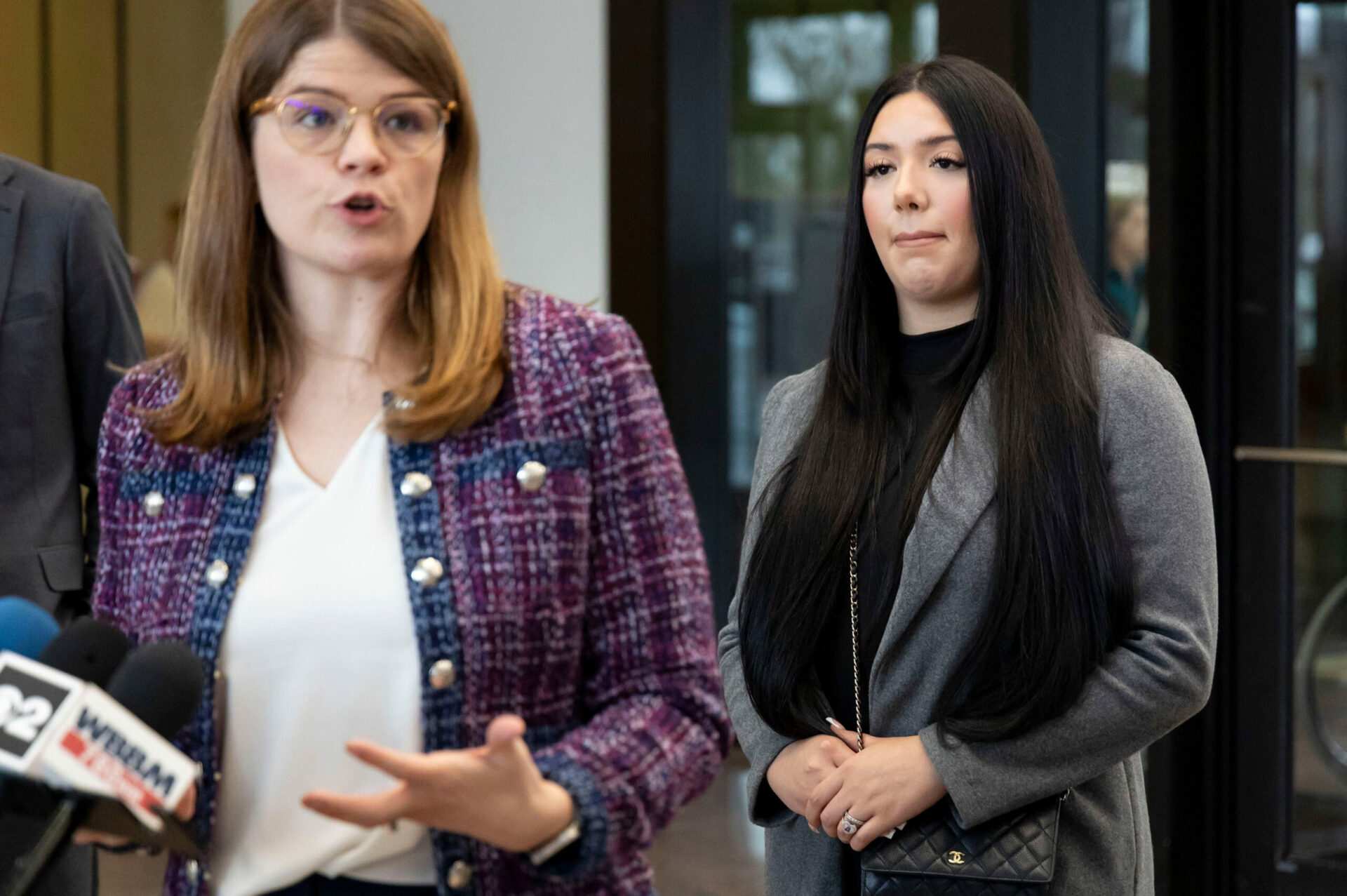
This week in Honolulu a top U.S. official revealed that warships from the American, Japanese and South Korean navies were in position in November watching closely as the North Korean military launched its first spy satellite into space.
This week in Honolulu a top U.S. official revealed that warships from the American, Japanese and South Korean navies were in position in November watching closely as the North Korean military launched its first spy satellite into space.
Adm. John Aquilino, top commander of U.S. forces in the Pacific, told attendees at the 10th annual Republic of Korea-U.S. Alliance Night dinner at The Royal Hawaiian hotel Tuesday that while the Nov. 21 launch was highly publicized, “what you didn’t know was Adm. (Samuel ) Paparo pushed forward an Aegis destroyer, along with an ROK destroyer and a Japanese destroyer, and that force was in place in advance of that launch should it have been an intercontinental ballistic missile or some form of threat to the Republic of Korea, the United States or Japan.”
Aquilino said the move “was based on Adm. Pa paro’s assessment that the intelligence was there for a launch, and that we ought to be in place to defend our nations ” and that “immediately following that, he executed a trilateral maritime event with the (aircraft carrier ) USS Carl Vinson and ships from the ROK and the Japanese navies, put in place visually in order to deter any potential further actions from (North Korean leader ) Kim Jong Un.”
Paparo is commander of the U.S. Pacific Fleet and has been appointed by President Joe Biden to succeed Aquilino as top commander in the Pacific. He has played a key role in promoting trilateral cooperation among the U.S., South Korea and Japan—which has been a major priority for U.S. officials in both Washington and Honolulu amid tensions in the Pacific.
The U.S. condemned the satellite launch as a “brazen violation of multiple U.N. Security Council resolutions.”
U.N. Security Council Resolution 1718, which was passed shortly after North Korea’s first successful nuclear test in October 2006, bans North Korea from launching ballistic missiles or carrying out further nuclear tests. The U.S. and other countries that condemned the launch of the satellite contended that the North Korean military had used missile technology to launch the satellite, and is using the launch to further develop weapons.
But North Korea has for its part accused the U.S. and South Korea of hypocrisy after the South Korean military successfully launched its first indigenous-built spy satellite in the United States with the help of a SpaceX Falcon 9 rocket from California’s Vandenberg Space Force Base on Dec. 1. The South Korean government has a contract with SpaceX to launch five spy satellites by 2025.
Pyongyang’s official state-run Korean Central News Agency on Monday quoted a spokesperson for North Korea’s National Aerospace Technology Administration asserting that “it is a space-level tragicomedy that the U.S., going frantic with illegal denunciation and sanctions moves over the exercise of (North Korea’s ) sovereignty, has shown behavior based on double standards by launching a spy satellite of the ‘Republic of Korea’ in a shameless manner.”
Aquilino said the joint deployment of the warships underscored that talk of cooperation between countries is “not just words.”
Relations between South Korea and Japan have been historically uneasy. Japan subjected the Korean Peninsula to brutal colonial rule until 1945, and though today the two countries’ militaries train together and trade relations are strong, many Koreans still distrust their former occupiers. But increased concerns about North Korea’s missile program have pushed Tokyo and Seoul closer together.
In 2022, North Korea launched 95 ballistic and other missiles—more than any previous year—even as it faces harsh sanctions. Launches have continued this year at a slower pace with 25 launches, the most recent in April. North Korean officials have stated that the launches are in response to aggression by the United States, South Korea and Japan and have pledged to continue developing their arsenal.
“Common threats are helping Korea and Japan overcome a long and complicated history, ” Pa paro told the Star-Advertiser in 2022. “The United States’ bilateral alliances with each makes the United States very much key interlocutors for each and is a catalyst for the continued partnership that we’re seeing.”
Souring relations with China have also led South Korea and Japan to cooperate more closely. Both countries are among those that have had tense disagreements with China over maritime territorial and navigation rights in disputed waters off their shores. Tokyo and Seoul also have expressed concern over boiling tensions over territorial and navigation rights in the South China Sea, a busy waterway that more than a third of all international trade moves through. China claims the entire sea as its own sovereign territory over the objections of its neighbors.
The establishment of blockades or the breakout of conflict in the South China Sea could potentially shut down commercial shipping and send shock waves through the global economy. In 2022, the speaker of the ROK National Assembly, Kim Jin-pyo, told the Star-Advertiser, “We have to ensure the free navigation of maritime paths in the Pacific Ocean, including the Taiwan Strait, and I believe that cooperation in the Indo-Pacific region has to be expanded in the future.”
While the relationship between Seoul and Beijing has become strained, South Korean officials tend to tread carefully when discussing China publicly. South Korea, once a major recipient of foreign aid, now has the world’s 10th-largest economy, and business with China—the country’s No. 1 trading partner—has been key to its economic growth.
But business with the U.S. has also been important. During remarks at the Alliance Night dinner, South Korean Ambassador to the U.S. Cho Hyun-dong said that America “should soon overtake China as our No. 1 export partner ” and that “Korea companies have invested or committed to more than $100 billion in the U.S. over the last two years, making America the No. 1 destination for Korean investors.”
According to the most recent data from the state Department of Business, Economic Development and Tourism, South Korea is now Hawaii’s No. 1 source of international imports as of 2022 and its No. 4 export market. That’s up from being Hawaii’s No. 2 export source and No. 6 export market in 2021.
Cho flew from Washington to Honolulu to meet with military officials like Aquilino and Paparo as well as to commemorate the 70th anniversary of the formal alliance between Washington and Seoul and the 120th anniversary of the arrival of the first Korean immigrants in America—who arrived in Hawaii as plantation workers.
___
(c) 2023 The Honolulu Star-Advertiser
Distributed by Tribune Content Agency, LLC.

